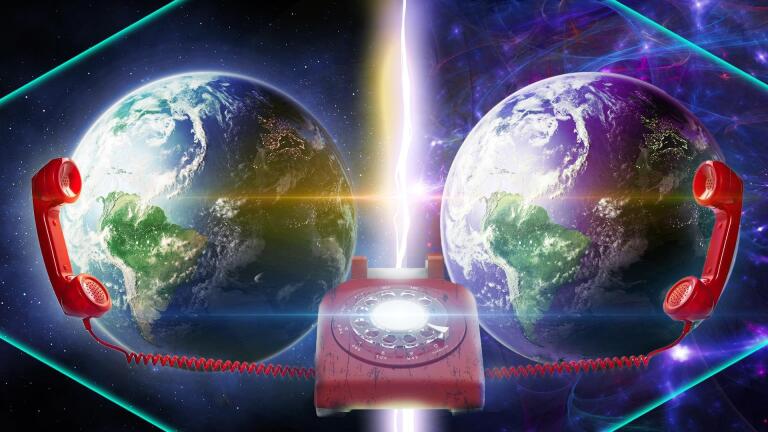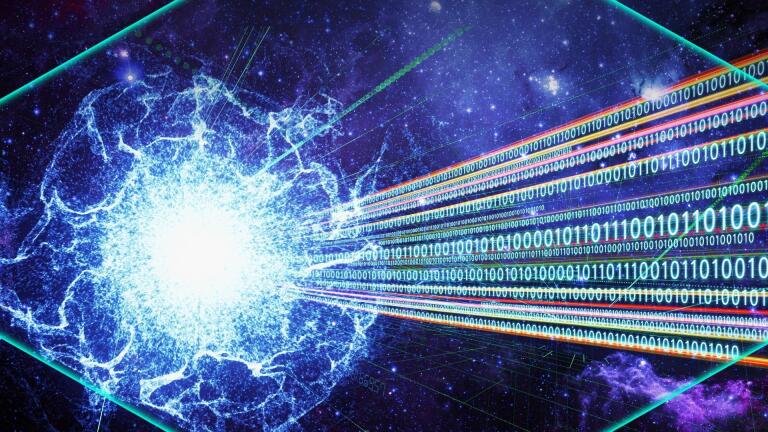Back to Show
PBS Space Time
Does Axionic Dark Matter Bind Galaxies Together?
Season 9
Episode 18
Quantum mechanics is our best theory of the fundamental nature of reality, but it's usually only distinguishable from familiar classical mechanics on the smallest scales. But it’s also possible that our entire galaxy is filled with a reverberating quantum mechanical wave that literally holds the galaxy together—and in fact explains all the dark matter that we see across the universe.
Sign up now for inspiring and thought-provoking media delivered straight to your inbox.
Support Provided By

15:10
The fact is that all electrons are the same as each other and the object is what changes.

14:14
We take a journey to the center of a neutron star, a place where matter exists in states.

12:21
Our cleverest astronomers have figured out ways to catch light that skims black holes.

13:01
Of all the possible ends of the universe, vacuum decay would be the most thorough.

13:43
It may very well be possible to communicate between worlds.

14:30
A newly discovered white dwarf may change our understanding of all cosmology.

13:26
We explore the range and distance magnetism can take us.

12:50
Where are the worlds of all the times the universe has split?

14:05
Although elusive, the quantum spin has led to some of the deepest insights we now know.

14:01
Entropy is behind one of the most fundamental laws of physics.

12:22
The more time and space are divided, the distance between them may not exist.

13:44
The accumulation of space junk increases collisions known as the Kessler Syndrome.











